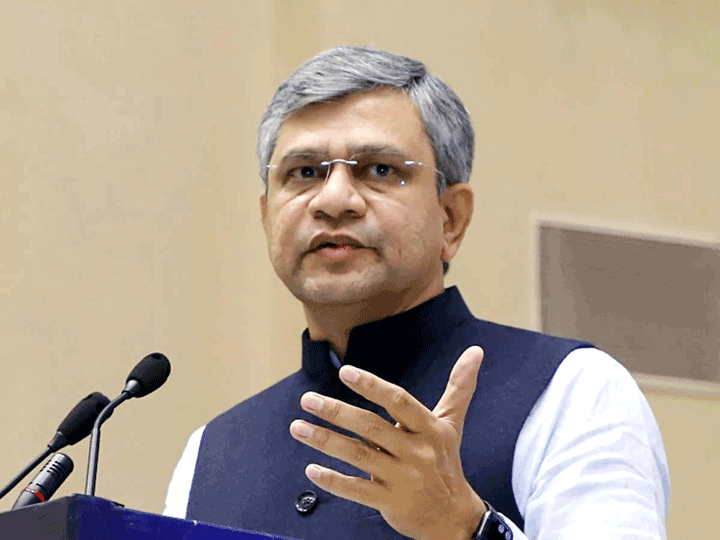India gets its own GPS: Five things to know about Isro’s satellite mission
The Indian Space Research Organisation (Isro) on Thursday successfully placed launched a rocket that carried the country’s seventh navigation satellite IRNSS. With this, India has entered an exclusive club of nations who have their own satellite navigation. India will no longer be dependent on foreign power when it comes to military navigation.
With the complete system in place, Indian armed forces will be able to find their position accurately in the battle ground and direct ammunition and missiles deep into enemy territory. This is largely due to the extended range of 1,500 km of the system beyond the borders. The system can also be used for civilian navigation for aircraft, ships, railways and others.
While there are many more features and utilities of this satellite, Business Standard lists out five things to know about the satellite.
– India will no longer be dependent on a foreign power when it comes to military navigation now
– India is now a part of a prestigious club of countries that operate their own satellite navigation systems
– The constellation of seven satellites (three in geostationary and four in geosynchronous orbit) will provide navigational services to Indian subcontinent and South Asia
– IRNSS has both commercial and strategic applications. It caters to the needs of civil aviation and also requirements for positioning, navigation and timing based on an independent satellite navigation system.
– Applications of IRNSS are terrestrial, aerial and marine navigation, vehicle tracking and fleet management, terrestrial navigation for hikers and travellers, disaster management, integration with mobile phones, mapping and geodetic data capture and visual and voice navigation for drivers.











